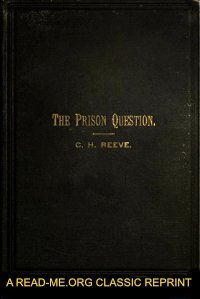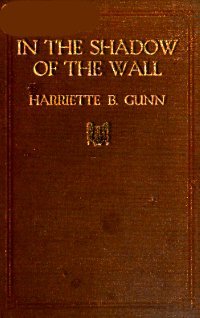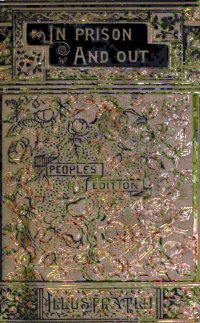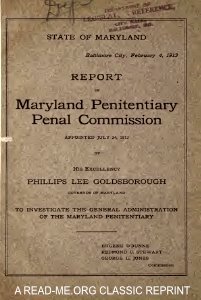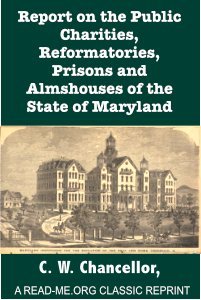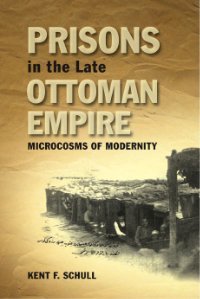By Brian Bailey
FROM THE COVER: From the appointment of the infamous Jack Ketch in 1663 to the abolition of the death penalty in 1969, England saw three-hundred years of hanging for a multitude of crimes from stealing a loaf of bread to murder. Public hangings drew vast crowds and the hangman himself became an almost mythical figure of fascinated revulsion. Certainly the men who undertook this gruesome duty were an unusual breed. At first they were often recruited from the same prisons as their victims, and perhaps unsurprisingly they ended up, like John Price, 'dancing the Tyburn jig' at the end of the same rope.
Barnes and Noble. NY. 1989. 230p.





